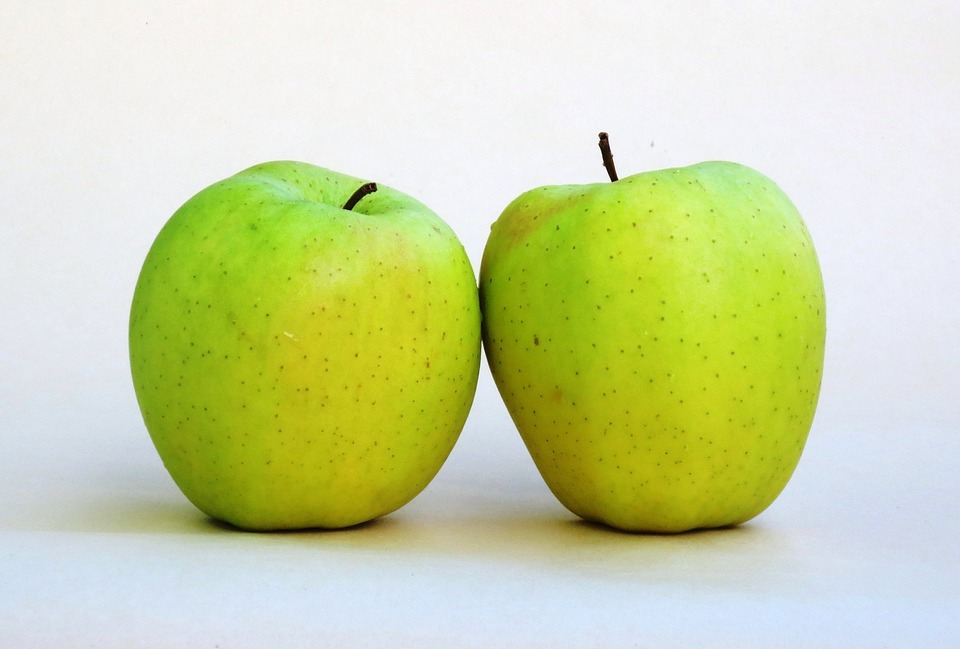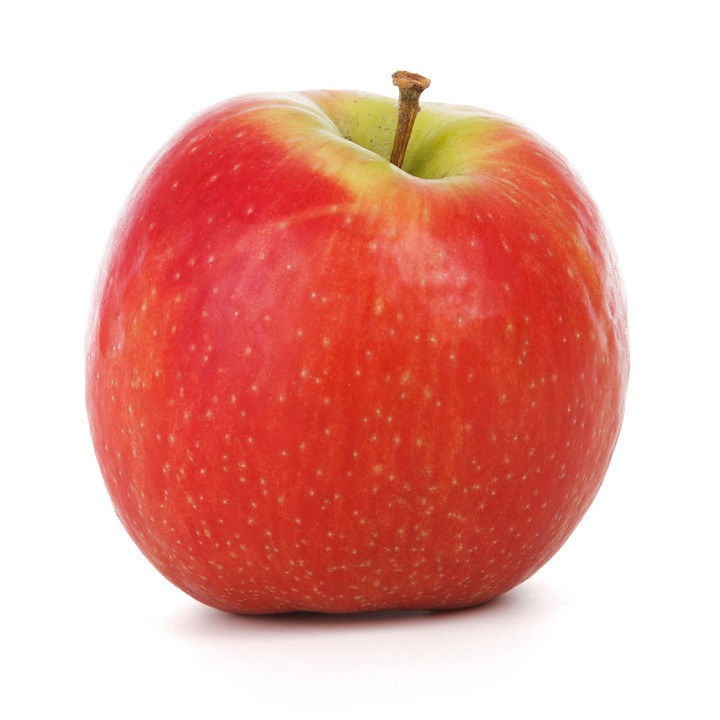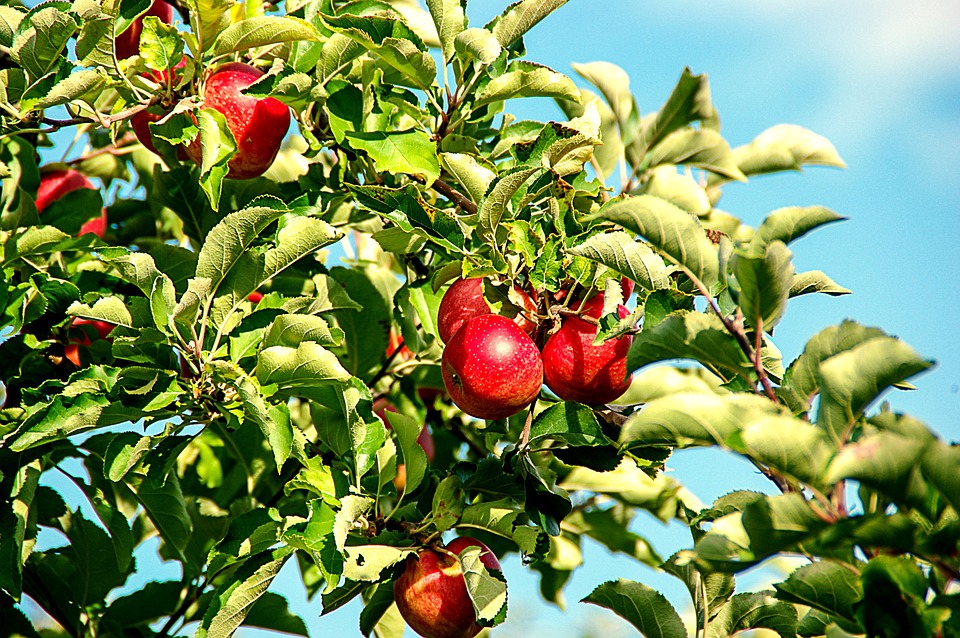This comprehensive guide delves into the question of whether dogs can eat apples, providing a detailed exploration of the safety and nutritional benefits of this fruit for your beloved canine companion. We will examine the nutritional content of apples, outlining both the advantages and potential risks associated with incorporating them into your dog's diet. We will then provide a step-by-step guide on how to safely introduce apples to your dog, covering everything from selecting the right type of apple to proper preparation and serving size recommendations. Finally, we will address common questions and concerns regarding apple consumption in dogs, ensuring you have all the information necessary to make informed decisions about feeding your furry friend.
Part 1: Are Apples Good for Dogs? A Look at the Nutritional Value

1.1 A Nutritional Powerhouse: The Benefits of Apples for Dogs
Apples offer a variety of nutrients beneficial for dogs, contributing to their overall health and well-being.
- Dietary Fibre: Apples are an excellent source of dietary fibre, which plays a crucial role in maintaining a healthy digestive system for dogs. Fibre helps regulate bowel movements, preventing constipation and diarrhoea while promoting optimal digestion.
- Vitamin C: While dogs can produce their own vitamin C, a moderate intake from fruits like apples can provide additional support for their immune system. Vitamin C acts as an antioxidant, protecting cells from damage and boosting overall immunity.
- Antioxidant Power: Apples are packed with antioxidants, which help combat free radicals in the body. These free radicals can contribute to cell damage and accelerate the ageing process, but antioxidants help neutralise them, reducing the risk of chronic diseases and promoting healthy ageing.
- Potassium for Optimal Functioning: Potassium is an essential mineral that plays a vital role in regulating fluid balance, muscle function, and nerve impulses. Apples provide a small amount of potassium, contributing to your dog's overall well-being and supporting these crucial functions.
1.2 Potential Risks to Consider: Understanding the Downsides
While apples offer numerous benefits, it's important to be aware of potential risks associated with their consumption in dogs.
- Sugar Content: Apples contain natural sugars, which can contribute to weight gain if fed in excess. It's crucial to give apples in moderation and monitor your dog's weight to prevent obesity.
- Seeds and Core: The seeds and core of apples contain a compound called amygdalin, which breaks down into cyanide when digested. While small amounts are unlikely to cause harm, it's best to avoid feeding these parts to your dog as a precaution.
- Gastrointestinal Upset: In some dogs, large quantities of apple can lead to digestive upset, including diarrhoea or vomiting. It's essential to introduce apples gradually and observe your dog's reaction to identify any potential sensitivity.
- Choking Hazard: Large chunks of apple can be a choking hazard for dogs, especially smaller breeds. It's vital to cut apples into small, bite-sized pieces before giving them to your dog to ensure safe consumption.
Part 2: A Step-by-Step Guide to Feeding Apples to Your Dog Safely

2.1 Choosing the Right Apples: Prioritising Quality and Safety
Selecting the right type of apple is essential for ensuring the safety and health of your dog.
- Organic Apples: Opt for organic apples whenever possible to minimise the risk of pesticide residues. Pesticides can be harmful to dogs, so choosing organic apples reduces exposure to these chemicals.
- Fresh Apples: Fresh apples are the best option, as they retain their nutritional value and flavour. Fresh apples provide the most optimal source of nutrients and offer a more appealing taste for your canine companion.
- Avoid Apples with Wax Coatings: Some apples have a wax coating to preserve freshness, which can be harmful to dogs if ingested. Wash the apples thoroughly to remove any wax coating and ensure your dog consumes only the fruit.
2.2 Preparation Techniques: Ensuring Safe and Digestible Treats
Proper preparation is crucial to ensure your dog can enjoy apples safely.
- Wash and Slice: Wash the apple thoroughly under running water to remove any dirt or debris. Slice the apple into small, bite-sized pieces, making it easier for your dog to chew and swallow without choking.
- Cooked Apples: You can cook apples to soften them further, making them easier for your dog to digest. Steaming or baking are excellent options to soften the apple while retaining its nutritional value.
- Apple Sauce: Homemade applesauce, unsweetened and without added ingredients, is a safe and healthy treat for dogs. Ensure the applesauce is free from added sugars, sweeteners, or artificial ingredients that can be harmful to dogs.
2.3 Serving Size: A Guide to Moderation
Determining the appropriate serving size for your dog depends on their size and weight.
- Small Breeds: Small dogs should only have a small piece of apple, roughly the size of a quarter. Start with a tiny piece and observe their reaction before offering more.
- Medium Breeds: Medium-sized dogs can have a slightly larger portion, about half an apple. Always start with a smaller amount and gradually increase it as needed.
- Large Breeds: Large breeds can tolerate a whole apple, but it's always advisable to start with a smaller portion and gradually increase it as needed. Monitor their reaction and adjust the portion size accordingly.
2.4 Gradual Introduction: Minimising Digestive Upset
Introducing apples gradually to your dog's diet is crucial to avoid potential digestive issues.
- Start Small: Begin by giving your dog a tiny piece of apple and observe their reaction. If they tolerate it well, you can gradually increase the amount over a few days.
- Monitor for Signs of Digestive Distress: Watch for signs of diarrhoea, vomiting, or other digestive issues. If you notice any problems, discontinue apple feeding and consult with your vet to rule out any allergies or sensitivities.
Part 3: Apple Recipes for Dogs: Delicious and Nutritious Treats

Here are a few simple and healthy apple recipes for your furry friend:
3.1 Apple and Peanut Butter Bites: A Delightful Treat
- Ingredients: 1 apple (sliced and cored), 2 tbsp peanut butter (xylitol-free), 1/2 cup rolled oats
- Instructions: Mix all ingredients together and form into small balls. Refrigerate for 30 minutes before serving. Ensure the peanut butter is xylitol-free, as this sweetener is toxic to dogs.
3.2 Apple and Carrot Dog Treats: A Healthy Snack
- Ingredients: 1 apple (grated), 1 carrot (grated), 1 cup whole wheat flour, 1/2 cup chicken broth
- Instructions: Preheat oven to 350°F. Combine all ingredients in a bowl and knead until a dough forms. Roll out the dough and cut into shapes. Bake for 20 minutes or until golden brown.
3.3 Apple and Cinnamon Dog Biscuits: A Flavorful Delight
- Ingredients: 1 apple (grated), 1 cup whole wheat flour, 1/2 cup rolled oats, 1 tsp cinnamon
- Instructions: Mix all ingredients together and add water gradually until a dough forms. Roll out the dough and cut into shapes. Bake for 15 minutes or until golden brown. Cinnamon is safe for dogs in small amounts and adds a delightful flavour to these treats.
Part 4: Frequently Asked Questions (FAQs) About Apples for Dogs
Here are answers to common questions regarding apple consumption in dogs:
4.1 Can all dogs eat apples?
While most dogs can eat apples safely, it's important to note that some dogs may be allergic to them. If you have a dog with a history of food allergies, it's best to consult with your veterinarian before introducing apples to their diet.
4.2 How often can I give my dog apples?
Apples should be given as an occasional treat, not a regular part of your dog's diet. A small piece of apple once or twice a week is a reasonable frequency. Overfeeding can lead to weight gain and digestive upset.
4.3 Can dogs eat apple peels?
Apple peels are generally safe for dogs, but they can be difficult to digest and may cause gastrointestinal upset. It's best to remove the peels before feeding apples to your dog.
4.4 What if my dog eats the apple core or seeds?
Small amounts of apple core and seeds are unlikely to cause serious harm. However, if you notice your dog has ingested a significant amount, monitor them closely for any signs of illness and contact your veterinarian as a precaution.
4.5 Can apple cider vinegar be good for dogs?
Apple cider vinegar is generally safe for dogs when given in small quantities. It can potentially aid digestion and skin health, but always consult your veterinarian before incorporating it into your dog's diet.
4.6 Are there any other fruits that dogs can eat?
Yes, several other fruits are safe for dogs in moderation, including bananas, blueberries, strawberries, and watermelon. Always consult with your veterinarian for specific recommendations for your dog's individual needs.
4.7 Are there any fruits that are toxic to dogs?
Yes, some fruits are toxic to dogs and should be avoided, including grapes, raisins, avocados, cherries, and peaches. These fruits can cause serious health problems, so it's essential to keep them out of your dog's reach. Always research the safety of any fruit before offering it to your dog.
Everyone is watching
-

Can Dogs Eat Bananas? A Guide to Safe Treats
DOGS & PUPPIESThis comprehensive guide will delve into the world of canine nutrition, focusing on the popular question: can ...
-

Can Dogs Eat Oranges? (Is It Safe or Toxic?)
DOGS & PUPPIESThis article delves into the question of whether dogs can safely consume oranges. We'll explore the nutrition...
-

Can Dogs Eat Grapes? The Shocking Truth About This Fruit
DOGS & PUPPIESThis article delves into the controversial topic of grapes and dogs, exploring the potential dangers associate...
-

Why Do Dogs Eat Poop? Understanding Coprophagia in Dogs
DOGS & PUPPIESThis article delves into the perplexing phenomenon of coprophagia, the act of eating faeces, in dogs. We explo...
-

Can Dogs Eat Shrimp? A Guide to Safety and Risks
DOGS & PUPPIESThis comprehensive guide dives into the world of shrimp and dogs, exploring the potential benefits and risks a...
